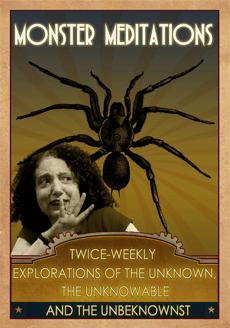Very early this morning I finished reading an excellent mystery by Val McDermid. She’s a great storyteller! I read it with gusto after having slogged through another British mystery by an author who shall remain nameless here. Let’s just say his series is heavily promoted on Amazon and I got sucked in by the book’s location, Whitby. As a diehard Dracula fan, I couldn’t resist it in the run-up to Halloween.
Comparing the two books is unfair. But the exercise of identifying some of those differences was fun. McDermid’s intricate plot rolled seamlessly out of a cast of multi-dimensional characters. These characters spoke, dressed, thought, and ate, as individuals. None were mere devices needed for the plot. The food in her book illuminated their personalities and dining gave them a chance to talk. In the other book, the characters—and their dining habits—were there to do the heavy lifting of padding a thin story with secondary, paper deep plot turns that were meant to imply full lives. This dialog repeated obvious theories and simplistic observations as the characters pondered the circumstances of the murder. The food was bland; and the conversations were dull.
This reminded me of several mysteries I read over the summer that left a “meh” taste in my mouth, on top of a dull headache. These were written by Americans and set in various places around the U.S. Like the McDermid characters —and real people—the characters eat. The McDermid detective needs her coffee to function. There are big breakfasts, chocolate bars, sausage rolls, and local restaurants run by people who add to the backdrop of the investigation.
The dialog of the characters in the other mysteries is as dull as their food choices. I’m pretty sure that conversations about the menu items at Panera and Starbucks are meant to ground the characters in reality; it’s as if known brands in the real world were needed to make the characters relatable. In the not-to-be-named-here British book, the food dialog’s verisimilitude focused on women characters controlling the dining choices of the men. ‘The fish & chips were only okay because they’d gone hiking.’ I couldn’t be convinced to worry along with the ladies—especially when I noticed that the dialog at dinner tables was repetitive and didn’t shed light on the characters inner lives or on the investigation.
When interesting people talk about interesting things—including a murder—while eating, the dialog is interesting. What’s on the menu can reveal things about the characters. Whatever the dull people ate, it didn’t add spice to their dialog.






Oh…can I have some please! That plate looks divine. I loathe bland food so I sympathise completely. Something I’ve noticed with /some/ stories is that none of the characters ever seem to eat any vegetables, or salad, or fruit, or anything even remotely healthy. Clearly the authors don’t consider anything unprocessed as…food. :/ Even if your Readers don’t like healthy or spicy or ‘foreign’ food themselves, social conscience should all the odd vegetable onto the menu. Ahem.
Apologies for the rant, but your post struck a nerve. :d
I enjoy your rant. It’ sings well with mine. Yes, our food choices reveal things about our lives. Some people never outgrow their childhood misgivings about vegetables or milk. Some people adventure the world through food. For others, it’s merely fuel. All of this is helpful to a storyteller——provided we’re talking humans on earth. In your corner of the science fiction world the eating habits are even more astounding.
Anyway… I’m tired of brand names being a default for reality. Whether it’s coffee or athletic shoes, it starts to get boring and makes the characters boring too.